The night and day in Matsushima Shinchi, Osaka, an entertainment district that blends into everyday life.
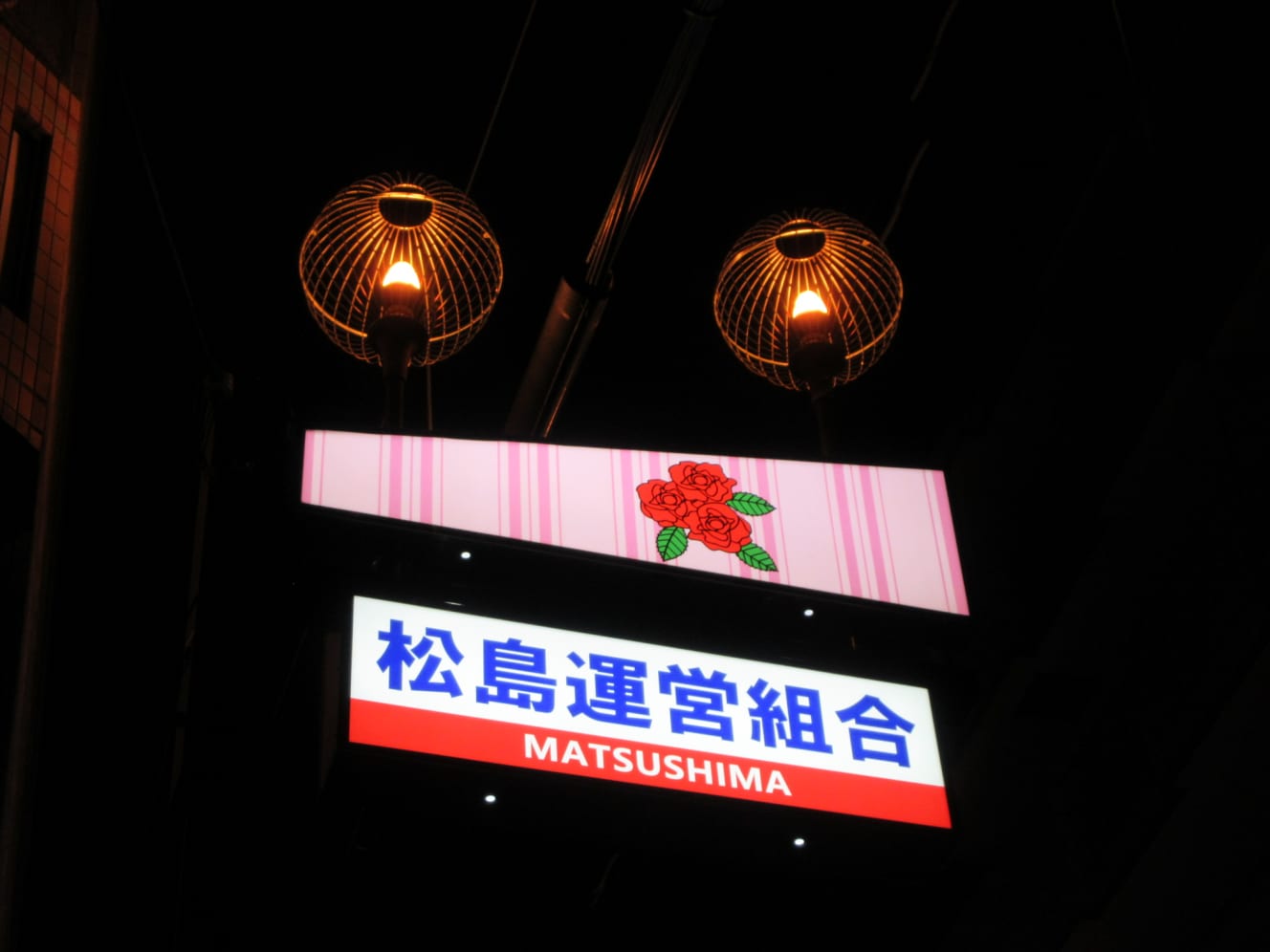
This is the second part of an in-depth guide by sex journalist Akira Ikoma on Matsushima Shinchi, Osaka’s “ryotei district” second only to Tobita Shinchi. What is the unique charm of Matsushima Shinchi, which is different from Tobita Shinchi?
Shinchi at night, with multiple women showing their faces at the same time
At 8:00 p.m., I look around the Shinchi area again. The sight of multiple women showing their faces at the same time in a single store is quite impressive. Especially when three women are lined up in a mountain shape, it is like looking at a painting.
The back streets are “hole-in-the-wall” spots. There is a narrow alley behind the main street, where two or three women are leaning against each other at the narrow entrance to show their faces. They are well known for their close proximity, which makes them easy to see. There are no incredibly beautiful women, but they are all amateurish women of average appearance, which is somewhat comforting. This area is similar to the back streets of Tobita Shinchi.
Near the Osaka Kujo post office, in the back of the post office area near the station, there is a unique restaurant called “K” that looks like something out of a fairy tale. The arched entrance is a fairy-tale-like setting with a yellow crescent moon in the background and girls showing their faces. It is a “dream world” itself.
The clientele is no different from that of Tobita Shinchi. There are not only middle-aged men, but also young people and gray-haired seniors. There are also a variety of foreigners, from Asian to Caucasian, from individuals to groups. What is different is the number and density of foreigners. Tobita Shinchi is by far the most numerous and densely populated. Both stores and customers seem to be concentrated in one place.
What I strongly felt while touring Matsushima Shinchi was that most of the women were “sociable. Every girl smiled and waved at me with a big “nikkori” smile. This is not often seen in Tobita Shinchi. There are some girls who wave occasionally, but they are few in number.
In Matsushima Shinchi, there is little difference in the level of women. Overall, the women are all “cute amateurs. Tobita Shinchi has a larger difference in the level of women. There are young women with great beauty, and there are mature women. Of course, there are chubby mature women in Matsushima Shinchi as well, but they are not so conspicuous.
Also, many of the ryotei buildings in Matsushima Shinchi are newer than those in Matsushima Shinchi. The exteriors are elaborate, and some restaurants have colorfully painted walls in yellow, green, and pink. I have never seen colorful ryotei in Tobita-shinchi.
As the night deepened, my legs grew tired. It is hard to stay for a long time in Matsushima Shinchi because there is no place to sit and rest easily. There is no place for customers to gather here. All the customers are walking around in pieces. There are customers. But not many. It is like a “mini Tobita” where you can enjoy yourself in a spacious and relaxing atmosphere. Tobita Shinchi is superior in terms of “playability,” but Matsushima Shinchi is superior in terms of “seclusion. It is an “adult’s hideout” for those in the know.
Shinchi in the daytime, where the colorful town blends into the everyday atmosphere
Early in the morning, Matsushima Shinchi is a completely “normal town. At around 7:45 a.m. on Thursday, June 13, all the entrances to the ryotei restaurants were closed, and there were almost no customers in sight. Occasionally there are men who appear to be customers, but they are just walking around because the restaurants are not open.
Looking at the street in Shinchi, I spotted an obasan pushing a stroller with a baby on it. I laughed at the sight, which was so unbalanced with the chonen. There is also an elderly man walking leisurely pushing a senior citizen’s car and an obasan riding through on a bicycle on his way home from shopping. A group of four men who looked like field workers with white towels wrapped around their heads were walking slowly. They are probably on their way to a construction site in the new area where the Yumbo is located.
There is a security guard, a civil engineer, an office worker in a Y-shirt, and an elementary school girl wearing a yellow hat. A three-wheeled Uber Eats bike is parked on the street, and a McDonald’s delivery bicycle drives by.
Matsushima Shinchi has no “wall of sorrow” and is not isolated from its surroundings like Tobita Shinchi. The “Chon-no-Ma” is completely integrated into the town. It is a mix of an entertainment district and a space for daily life. Ordinary people are living near the “chon-no-Ma”.
Since it is not a tourist spot, it is difficult for a first-time visitor to grasp the whole picture. On the other hand, it is not crowded with many visitors, so it is the best place to enjoy visiting again and again. It is more of a place for “regulars” who take the time to enjoy themselves. If Tobita Shinchi is a “Disneyland,” Matsushima Shinchi is an “outdoor park in harmony with nature. Tobita Shinchi is a “theme park for beginners where anyone can casually enjoy themselves,” while Matsushima Shinchi is a “place where veterans with some experience can enjoy a stroll. The more advanced visitors will probably go to Imazato, Shintayama, and Takii, which are the deeper areas among the five major new areas in Osaka.
At 10:30 a.m., ryotei restaurants begin to open, one by one, on the main street where about 30 restaurants are gathered, and two near the center are already open, with women showing up one by one. At 11:00 in the afternoon, ryotei restaurants on the back streets also open. The daytime women are cute, too. I couldn’t help but admire the cuteness of the woman in the open-breasted black dress and the woman wearing a gray hoodie and a red cap. After all, this is a “man’s paradise. When our eyes meet, she smiles and waves at me, just like the women I saw last night. I know it is a sales smile, but it makes me happy.
I know it’s a sales smile, but it makes me happy. We just arrived. She’s the only one here. She’ s a good girl, so please play with her. In Matsushima Shinchi, the ladies are generally young. There are elderly ladies on the back streets, but the ladies on the main street look much younger.
A little past 11:00 a.m., an auntie is spraying water with a hose in front of the entrance of a ryotei restaurant. Now, a day at the ryotei restaurant is about to begin. A tall white couple wearing sunglasses walks down the street. The man is wearing a T-shirt and shorts, and the woman is wearing a colorful light one-piece dress. It is already summer.
It was the first midsummer day of the year. After checking out the new area in the sweltering heat, I realized that Matsushima Shinchi is “attractive in that it is not fully transformed into a theme park. It is fun because it is inconvenient. The fact that the “half-untouched colorful town” that is a fusion of the city and the jungle still remains is a joy to behold. During the upcoming Osaka-Kansai Expo, the area is sure to be crowded with “adventure-loving” men from all over the world.
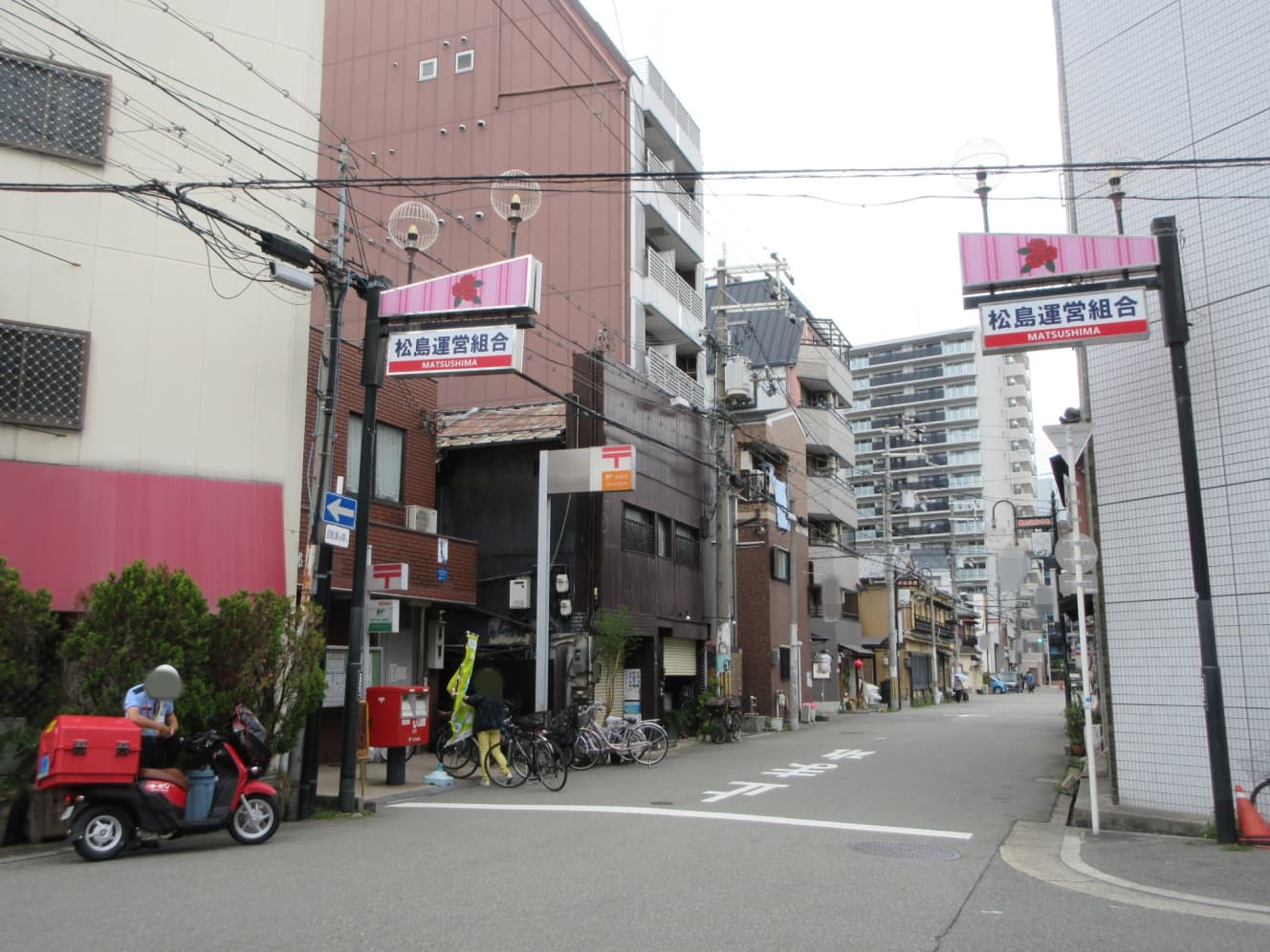
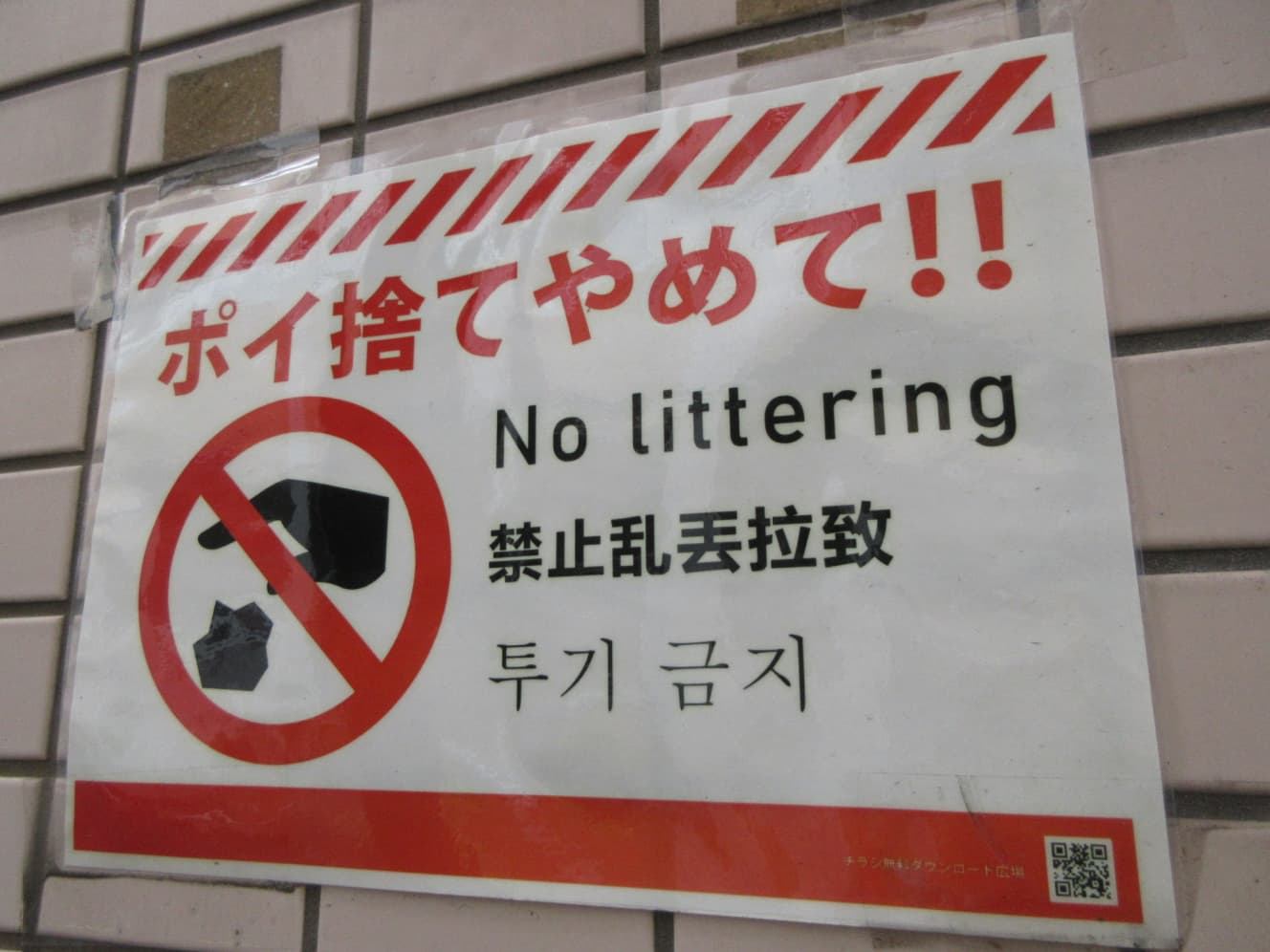
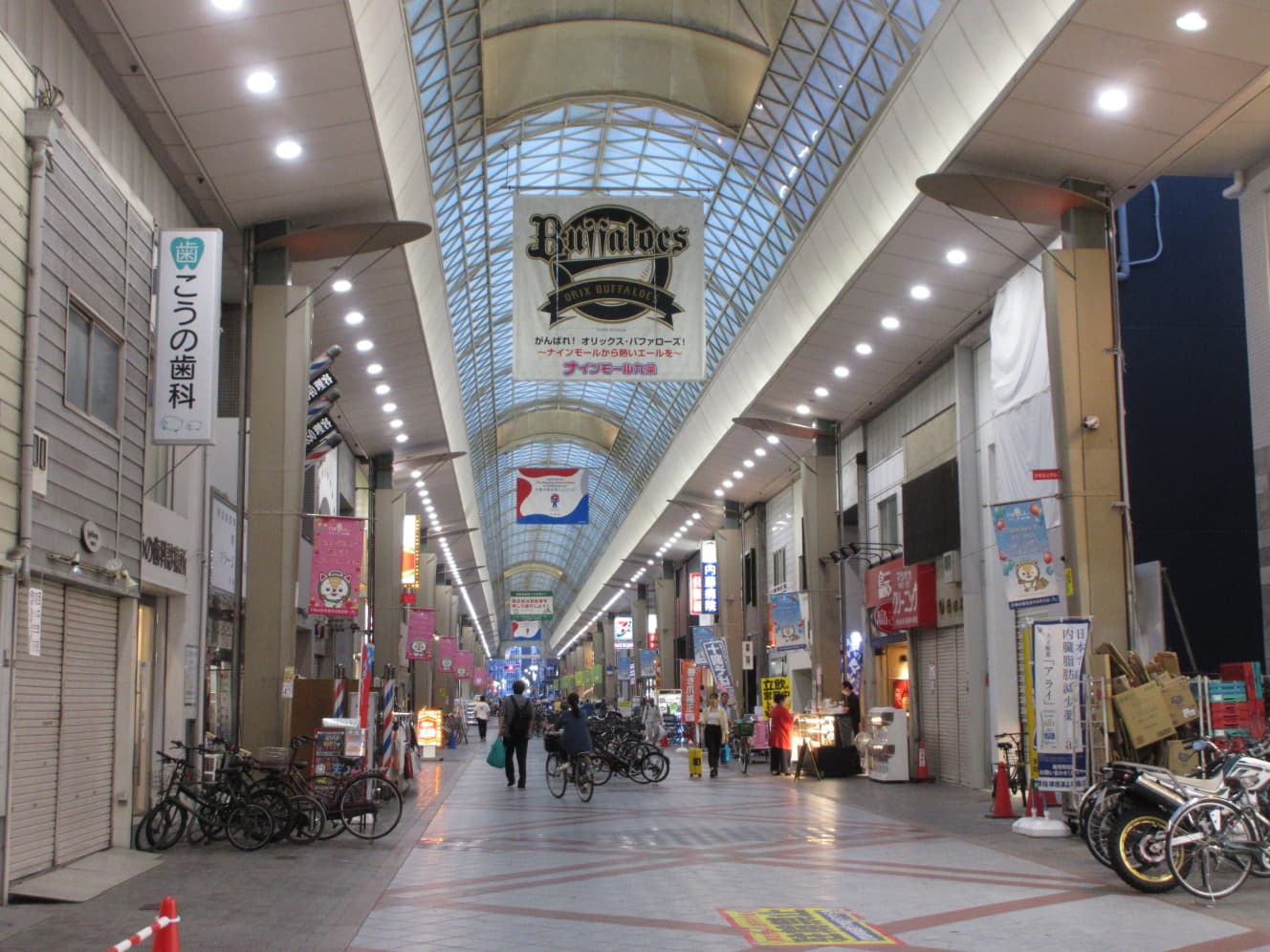
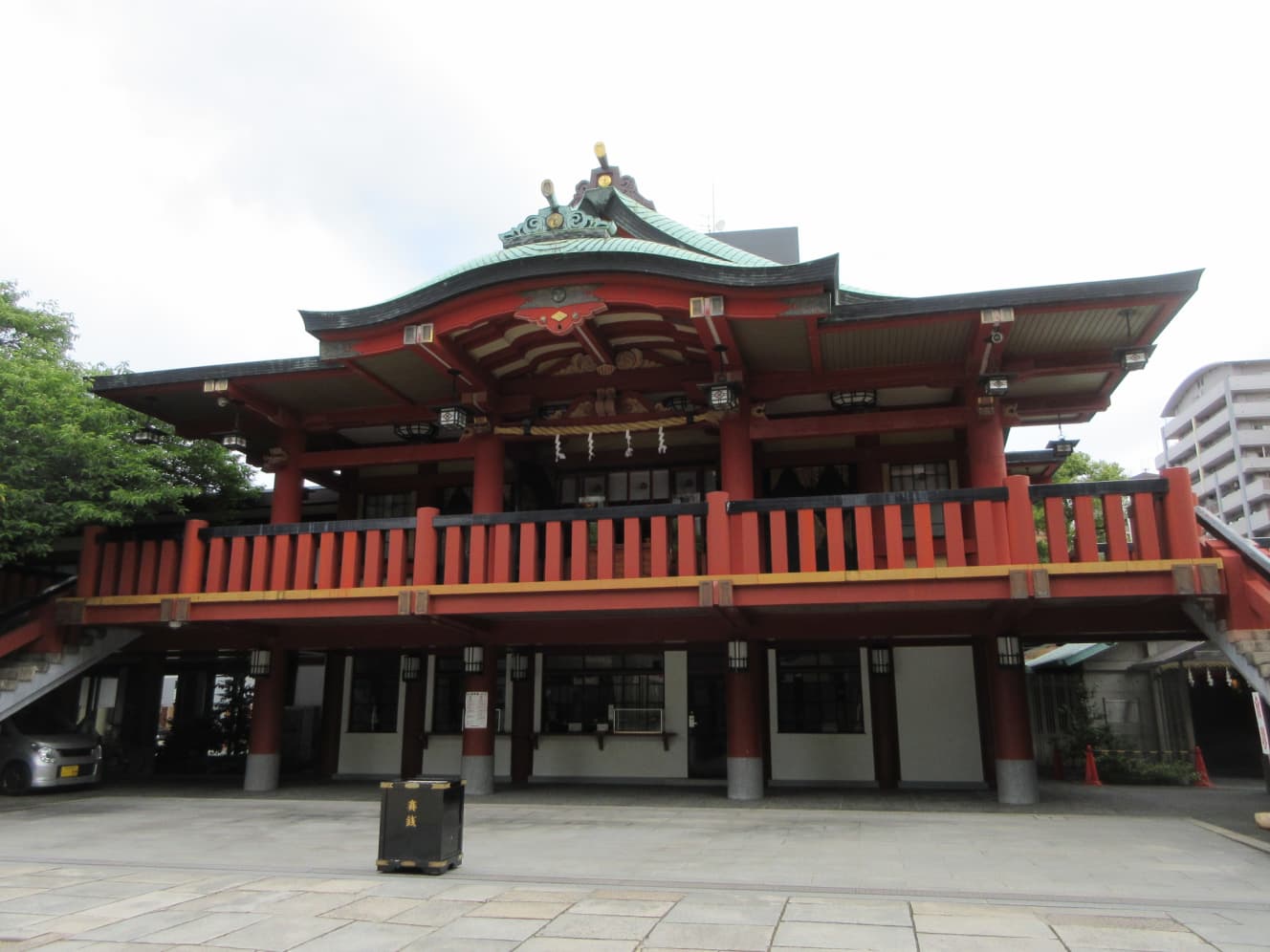

Interview and text: Akira Ikoma
Pen name is Master Ikoma. He is the former editor-in-chief of the "Ore no Tabi" series of sex industry magazines. With a motto of thorough on-the-spot reporting, he has completely traversed all the entertainment districts in Japan. As a freelance editorial reporter, he continues "Ore no Tabi" through articles in magazines and websites and his own SNS. He is the co-author of "A Modern History of Fuzoku" and "Reporto Nihon no Iikai Chizu" (co-authored).